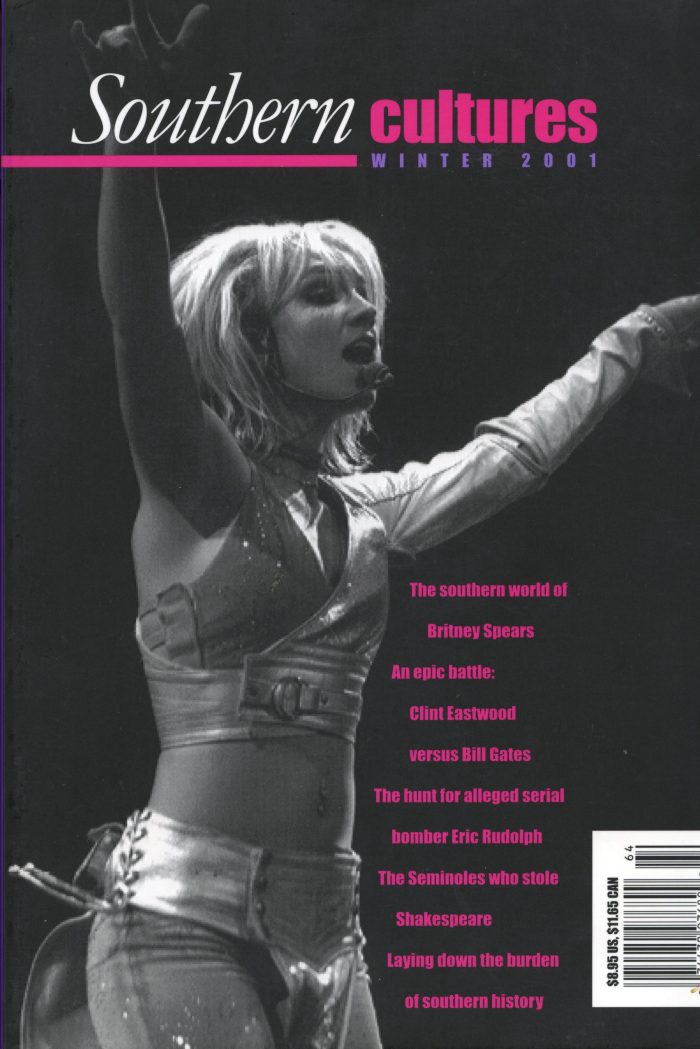Legend has it that southerners are not an abstract or contemplative people, but a certain amount of navel gazing seems to go with the territory of studying our region. People are always asking what the South really is, what it means, where it is, whether it’s disappearing, does it have a future, will it rise again, and back around to the meaning of it all in a sort of endless mantra. In our Fall 2000 issue, Vanderbilt sociologist Larry Griffin asked a few piercing questions about this familiar chant that cut through a few of its simpler verses. “When we talk about ‘the South,'” Griffin queried, “which South, exactly, are we talking about?” He went on to list a number of different candidates for scrutiny: the prosperous South, the poverty-stricken South, the South of violent white racism, the South of the Civil Rights movement, the suburban South of Southern Living magazine, among many other alternatives. The question matters because “the South” is frequently compared to an equally abstract “America,” often to make the point that “America” is really free from whatever problem is being discussed, “but not the South.” “The South” then becomes a kind of foil or mirror image that makes “America” look better than it really is—less poor, less racist, less ignorant, less unequal, less unjust, and so on. In Griffin’s view, emphasizing the distinctive or exceptional character of the South can simply be a way of distracting attention from the problems of America at large.
This article appears as an abstract above, the complete article can be accessed in Project Muse


